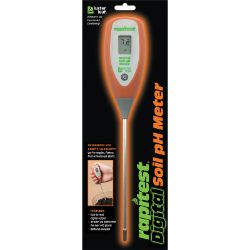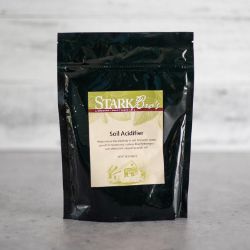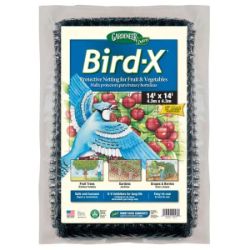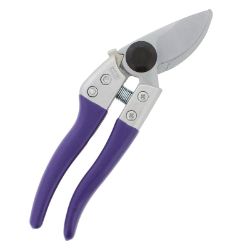Pest & Disease Control for Cranberry Plants
Every plant has the future potential for disease and insect damage. Factors such as location and weather will play a part in which issues your plants encounters. If available, disease-resistant varieties are the best option for easy care; and for all types of plants, proper maintenance (such as watering, pruning, spraying, weeding, and cleanup) can help keep most insects and diseases at bay.
NOTE: This is part 7 in a series of 11 articles. For a complete background on how to grow cranberry plants, we recommend starting from the beginning.
Aphids
They are the size of a pin head and vary in color depending on the species. Clusters on stems and under leaves, sucking plant juices. Leaves then curl, thicken, yellow and die. Produce large amounts of a liquid waste called “honeydew”. Aphid sticky residue becomes a growth media for sooty mold.
Natural Control
- Sometimes you can knock them off with a strong stream of water from your garden hose.
Other Control Options
- Consult County Extension Agent
White Fly
Adults are tiny, white winged insects found mainly on the underside of leaves. Nymph emerge as white, flat, oval shapes. Larvae are the size of a pinhead. Suck plant juices from leaves causing them to turn yellow, appear to dry or fall off plants.
Natural Control
- Traps
Other Control Options
- Consult County Extension Agent
Mealybugs
Adults are 1/4” long, flat, oval shaped with a white waxy covering. Yellow to orange eggs are laid within an egg sac. Crawlers are yellow to brown in color. Over winters as an egg or very immature young in or near a white, cottony egg sac, under loose bark or in branch crotches, mostly found on north side. Damage is by contamination of fruit clusters with egg sacs, larvae, adults and honeydew, which promotes growth of black sooty mold.
Control
- Consult County Extension Agent
Botrytis Blossom Blight
Usually begins on plant debris, weak or inactive plant tissue than invades healthy plant tissue cause spotting and decay of flowers and foliage and fruits or berries.
Natural Control
- Fall cleanup is essential.
Other Control Options
- Consult County Extension Agent
Bacterial Leaf Spot
First appears as small dark green, translucent spots that later enlarge and turn black. Usually scattered over the entire surface of the leaf.
Control
- Consult County Extension Agent
Fruitworm
Adult is yellow to brown sawfly beetle, 1/4” long. Larvae are brown and white, 1/8” long. Adults make slits in flower buds and larvae feed on berries.
+Control +
- Consult County Extension Agent
Armyworm
Newly hatched worms are white with black heads. Mature worms are light tan or dark brown with dark or orange back and side stripes. They feed on the leaves of plants.
Control
- Consult County Extension Agent

















